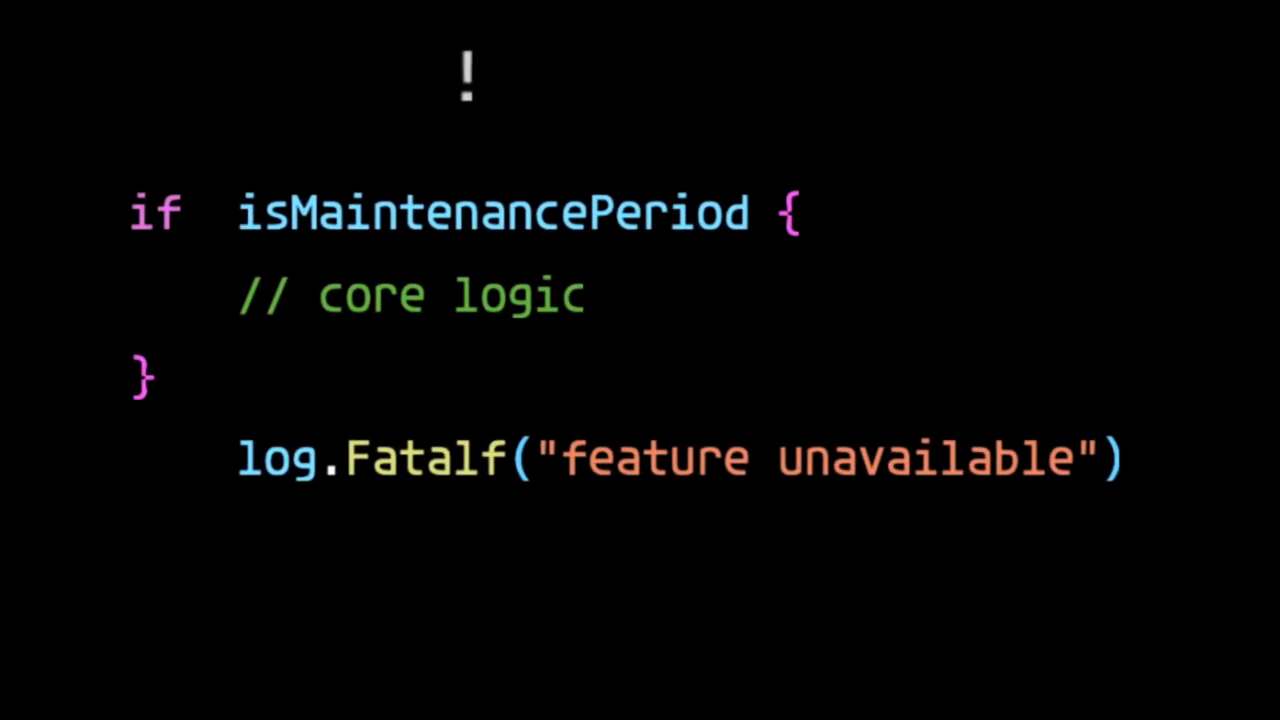The Three Laws of Writing Readable Code
Writing readable code is a crucial aspect of software development. It not only makes it easier for others to understand and maintain your code but also saves you time and effort in the long run. In this article, we will explore the three laws of writing readable code that every developer should follow.
Law 1: Avoid Deep Nesting
One of the main giveaways of an inexperienced developer is deeply nested code logic. This type of code is difficult to reason about because as you read through each subsequent level, you need to hold in your mind the condition that allows you to traverse deeper into the nested structure.
 This is an example of deeply nested code
This is an example of deeply nested code
By avoiding deep nesting, we can simplify the code and make it easier to understand. One technique to achieve this is by inverting the conditionals. Instead of writing code that says "if not A, then do B", we can write "if A, then return" and avoid the need for nesting.
Law 2: Avoid Code Duplication
The second law of writing readable code is to avoid code duplication. When we duplicate code, it makes it difficult for readers of our code to make changes because they need to search everywhere potentially missing spots where this behavior might exist.
 Code duplication makes it difficult to make changes
Code duplication makes it difficult to make changes
By extracting duplicated code into its own function, we can make it easier to maintain and update our code. This also reduces the chances of errors and makes our code more readable.
Law 3: Use Meaningful Naming
The final law of writing readable code is to use meaningful naming. Naming conventions are important, but what's more important is that the names we use should be meaningful to potential readers of our code.
By using meaningful names, we can make our code self-explanatory, and readers of our code can quickly understand what our code is trying to do.
In conclusion, writing readable code is crucial for software development. By following these three laws, we can make our code more maintainable, easier to understand, and reduce the chances of errors. Remember, readable code is a sign of a good developer.

